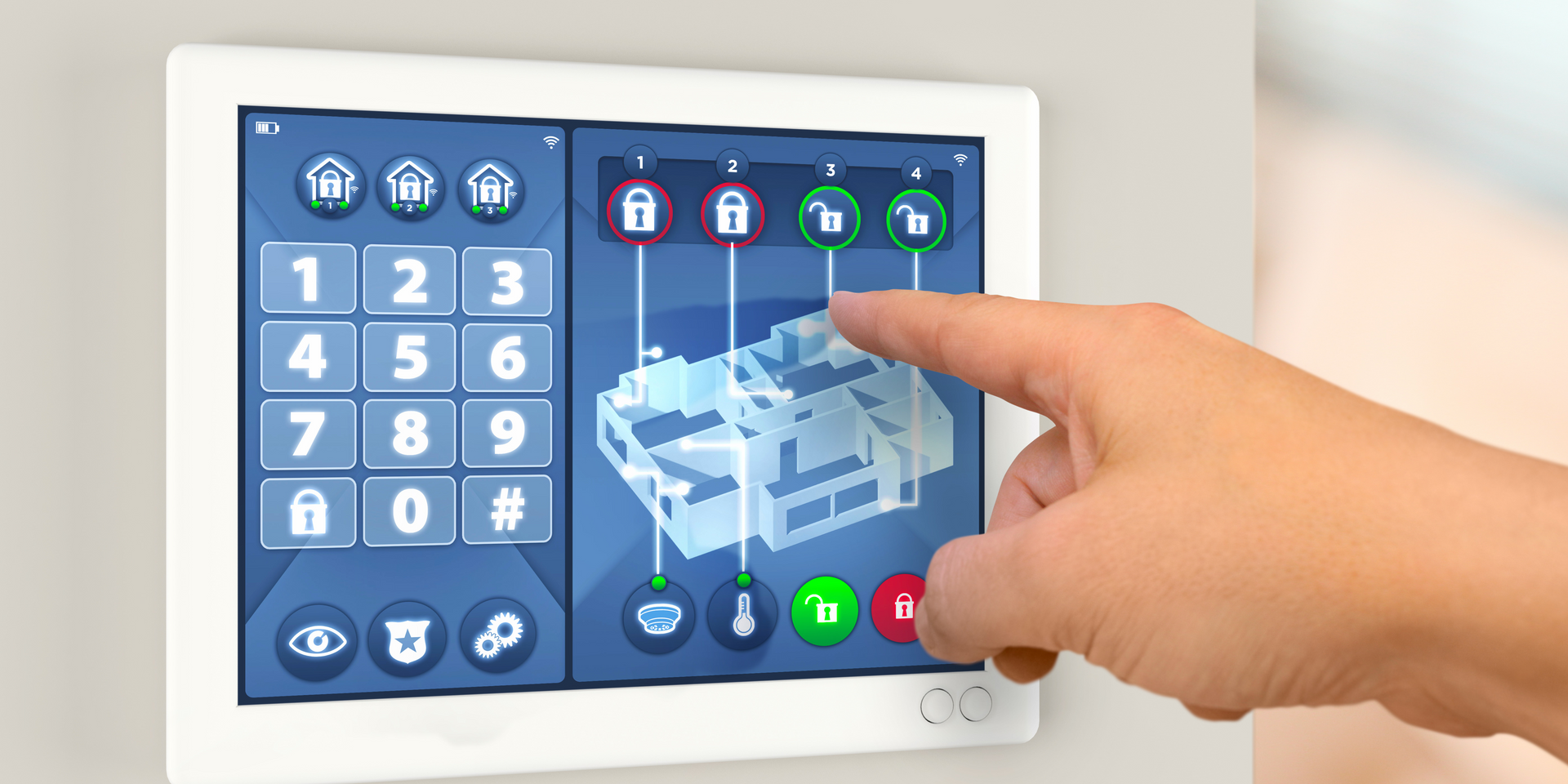SCADA Alarm Notification Software
In the realm of industrial control systems, SCADA (Supervisory Control and Data Acquisition) plays a vital role in ensuring that critical infrastructure runs smoothly. A crucial component of any
scada alarm management software, which helps operators stay informed about system malfunctions, anomalies, or other issues that could impact operations. In this article, we’ll dive deep into SCADA alarm notification software, its importance, and the role it plays in industrial environments.

What Does Missed Alarm Notification Mean?
A missed alarm notification refers to the failure to alert operators or relevant personnel about a critical event or system malfunction. This can occur due to a variety of reasons such as software glitches, communication failures, or improperly configured notification systems. Missed alarms can have serious consequences, including delayed responses to issues that could lead to equipment damage, safety hazards, or production downtime.
With SCADA alarm notification software, the aim is to ensure that no critical alarm goes unnoticed. By utilizing real-time notifications and escalation protocols, operators can ensure immediate action is taken whenever an alarm is triggered. It is essential to integrate this software with backup communication methods to avoid potential blind spots in an organization’s monitoring system.
What Is the Alarm Notification?
An alarm notification is a signal triggered by a SCADA system when certain thresholds or predefined conditions are met. These alarms can be related to temperature, pressure, fluid levels, or any other operational parameter that is critical to maintaining system stability. Alarm notification software is designed to immediately alert operators through various means such as text messages, emails, or phone calls. This allows them to take prompt action to prevent any serious issues from escalating.
SCADA alarm notification software provides operators with real-time information on system status, enabling them to act swiftly in high-pressure environments. A robust notification system is one that not only alerts the appropriate personnel but also provides detailed information about the nature of the issue, so corrective action can be taken immediately.

What Is the Difference Between Alarm and Event in SCADA?
In a SCADA system, understanding the distinction between an alarm and an event is crucial for effective system management.
- Alarm: An alarm is a warning or notification triggered when the system detects a condition that requires immediate attention. It signals a malfunction or anomaly that could affect system performance or safety.
- Event: An event, on the other hand, refers to any occurrence in the SCADA system that is logged, whether it’s an alarm or a non-critical status change. Events may include routine operations, such as a change in valve status or the completion of a scheduled maintenance task.
Alarm notification software is designed to focus on critical alarms that require immediate intervention, while events may simply be recorded for historical tracking and analysis. This distinction helps prioritize actions based on the severity of each issue.
What Are the SCADA Alarm States?
SCADA alarm notification software is equipped with multiple alarm states that help operators categorize the severity of different issues.
These states ensure that alarms are prioritized, and proper actions are taken based on the urgency of the problem.
The common alarm states in SCADA include:
- Active: The alarm is currently triggered and requires attention.
- Acknowledged: The operator has received the alarm and is addressing the issue.
- Cleared: The problem has been resolved, and the alarm is no longer active.
- Unacknowledged: The alarm has been triggered, but no action has been taken yet.
Each state helps in tracking the progress of an alarm from its onset to resolution. The SCADA alarm notification software free download options often come with a limited version of these functionalities, but paid versions usually provide more sophisticated tools for managing alarm states and escalation.

What Is an Alarm Module?
An alarm module is a component within a SCADA system designed to handle the generation, processing, and notification of alarms. This module interfaces with sensors and other monitoring equipment to identify when a parameter exceeds acceptable limits. It is responsible for triggering alarms, managing alarm states, and communicating the alarms to operators via the appropriate channels.
An alarm module is an integral part of SCADA alarm notification software. It ensures that every critical system anomaly is promptly reported and acted upon. For industries relying on continuous operations, such as energy, water treatment, and manufacturing, the alarm module plays a critical role in minimizing downtime and avoiding costly equipment failures.
Conclusion
SCADA alarm notification software is an indispensable tool for industries where the smooth operation of complex systems is crucial. By providing real-time alerts and enabling effective management of alarm states, these systems ensure that operators can act swiftly to address issues before they lead to significant operational disruptions. For those looking for the best SCADA alarm notification software, it's important to consider features like real-time notifications, alarm escalation, and system integration capabilities.
If you are exploring options, it’s worth investigating both free and paid SCADA alarm notification software versions to find one that best fits your needs. Additionally, keep in mind that integrating SCADA alarm notification software into your system requires thoughtful consideration of alarm states, notification methods, and backup communication options to prevent missed alarms.
For more information or assistance with choosing the right SCADA alarm notification software for your organization, contact us today!
You might also like



